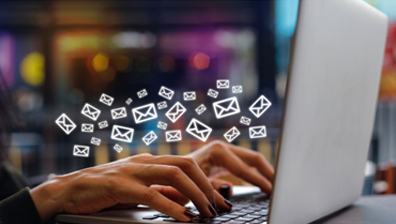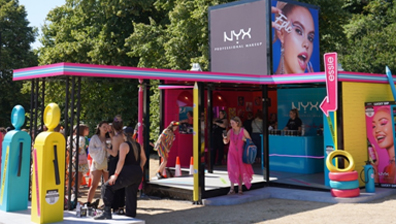How has promotional marketing changed over the past 50 years
Promotional marketing has undergone significant changes over the last 50 years due to advances in technology, shifts in consumer behaviour, and changes in market conditions. Here are some of the key changes that have taken place:

Digital Revolution
One of the biggest changes in promotional marketing over the last 50 years has been the advent of digital technology. This has led to the rise of digital marketing channels, such as social media, email, search engines, and mobile apps. These channels have transformed the way businesses promote their products and services, allowing them to reach customers directly and engage with them in new ways.

Personalisation
With the rise of digital marketing, businesses are now able to tailor their promotional efforts to individual customers, based on their preferences and behaviour. This has led to a greater focus on personalised marketing, which involves using data analytics and customer insights to create targeted marketing campaigns.

Branding
Another significant change in promotional marketing over the last 50 years has been the growing importance of branding. Businesses are now investing heavily in developing their brand identities and creating strong, memorable brand experiences for their customers

Influencer Marketing
Over the last decade, there has been a significant rise in influencer marketing. This involves partnering with influential individuals on social media, such as bloggers, celebrities, and other social media personalities, to promote products and services to their followers.

Sustainability
With growing concerns about the environment and sustainability, businesses are increasingly incorporating eco-friendly and socially responsible messaging into their promotional efforts. This includes promoting sustainable products, reducing waste, and supporting social causes.

Experiential Marketing
Finally, there has been a growing trend towards experiential marketing, which involves creating immersive, interactive brand experiences that engage customers on a deeper level. This can include events, pop-up shops, and other physical activations that allow customers to experience the brand in new and exciting ways.


